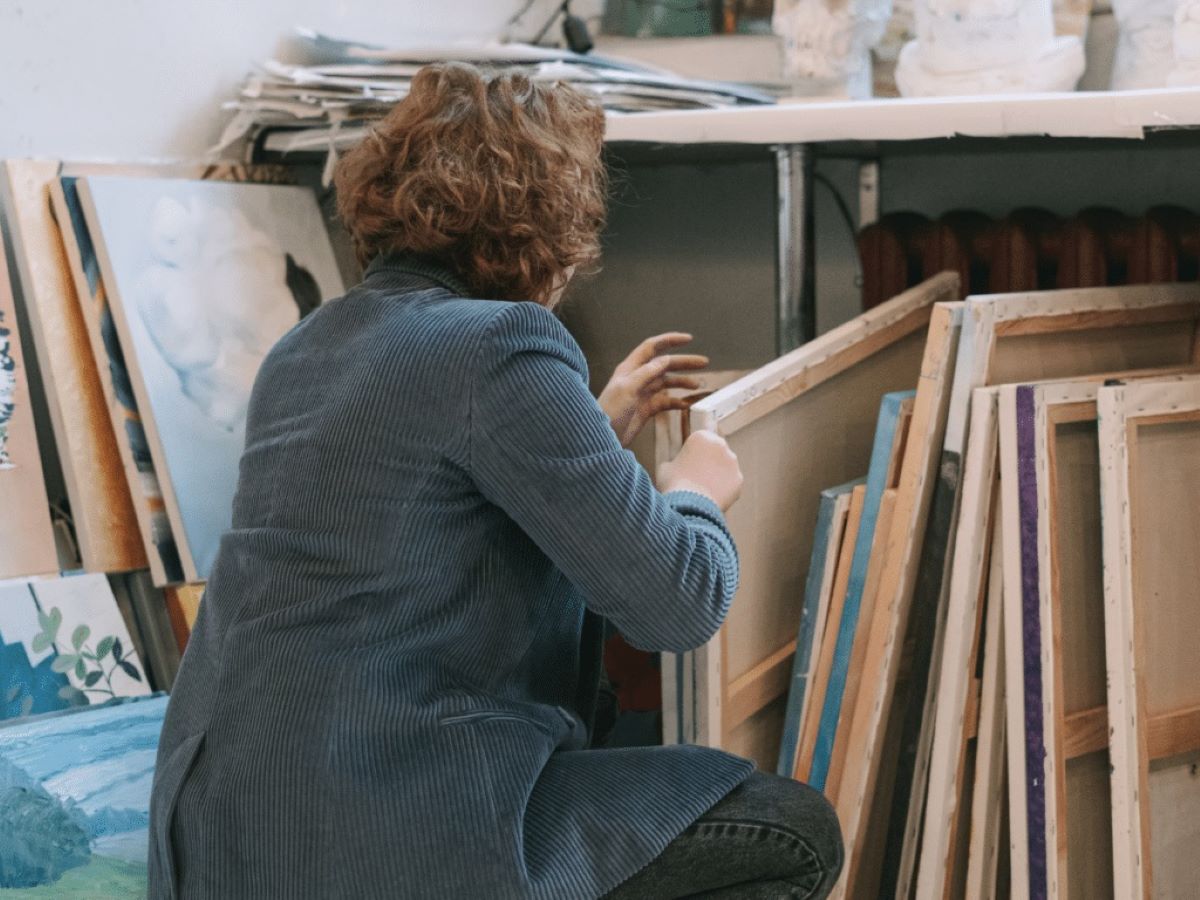

Articles
How To Store A Painting
Modified: October 20, 2024
Learn the best techniques and tips for storing paintings in this informative articles. Follow these steps to ensure your artwork remains safe and protected for years to come.
(Many of the links in this article redirect to a specific reviewed product. Your purchase of these products through affiliate links helps to generate commission for Storables.com, at no extra cost. Learn more)
Introduction
Storing a painting properly is essential to preserve its beauty and integrity. Whether you are an art collector, an artist, or simply have a valuable painting that holds sentimental value, taking the necessary steps to store it correctly will ensure its longevity.
Paintings are delicate artworks that can be easily damaged by various environmental factors such as light, humidity, temperature changes, and pests. By following the right storage techniques, you can protect your paintings from these potential risks and enjoy them for years to come.
This article will guide you through the process of storing a painting, from preparing it for storage to choosing the right storage area and implementing proper storage methods. By following these guidelines, you can maintain the quality and value of your paintings, whether they are heirlooms, investments, or personal creations.
So, let’s dive in and learn how to store a painting properly!
Key Takeaways:
- Properly preparing, framing, wrapping, and storing a painting is essential for its preservation. Regular monitoring and care ensure longevity, allowing you to continue enjoying the beauty and value of your artwork for generations.
- Choosing the right storage area, using quality materials, and implementing proper storage methods are crucial for protecting paintings from environmental damage. Regular inspections and maintenance help ensure the continued preservation of your artwork.
Read more: How To Store Gouache Paint
Preparing the Painting
Before you store a painting, it is crucial to ensure that it is clean and free from any dust or debris. Start by gently dusting the surface of the painting using a soft, dry brush or a microfiber cloth. Avoid using any cleaning agents or liquids as they can potentially damage the artwork.
If you notice any stains or spots on the painting, it is best to consult a professional art conservator to handle the cleaning process. They have the expertise and knowledge to safely remove any blemishes without causing harm to the artwork.
Another important step in preparing the painting for storage is to check for any damage or loose parts. Inspect the frame for any signs of weakness or cracks, as a damaged frame can put unnecessary stress on the painting. If needed, consider getting the frame repaired or replaced before storing the artwork.
If the painting has any protruding elements, such as thick impasto layers or decorative elements, take extra care to protect them during storage. Use acid-free tissue paper or bubble wrap to cover these delicate areas and provide cushioning.
To further protect the painting, consider applying a layer of varnish. Varnishing not only enhances the colors but also acts as a protective barrier against dust and pollutants. It is advisable to consult a professional conservator before applying varnish, as they can guide you on the best type and application method for your specific painting.
By adequately preparing the painting, you can minimize the risk of damage and ensure that it stays in optimal condition during the storage period.
Choosing the Right Storage Area
Selecting the proper storage area for your painting is crucial to maintain its integrity and prevent damage. Here are some factors to consider when determining the ideal storage space:
- Temperature and Humidity: Paintings are sensitive to fluctuations in temperature and humidity. It is essential to choose a storage area with stable conditions. Ideally, the temperature should be between 65°F and 75°F (18°C – 24°C), with a relative humidity level of around 50%. Avoid areas that are prone to extreme temperature changes, such as attics or basements.
- Light: Exposure to direct sunlight or excessive artificial light can cause fading and damage to the painting. Choose a storage area away from windows or install UV-filtering film or shades to protect the artwork from harmful ultraviolet rays.
- Avoiding Moisture and Water: Ensure that the storage area is free from any moisture or water sources. Dampness can lead to mold growth and deterioration of the painting. A dry and well-ventilated space is ideal for long-term storage.
- Security: The storage area should have adequate security measures in place to protect the painting from theft or unauthorized access. Consider options such as alarms, surveillance cameras, or even a locked storage room or cabinet.
- Pest Control: Preventing pests and insects from damaging the painting is crucial. Choose a storage area that is regularly inspected for pests and take additional precautions such as using pest-repellent products or traps.
It is also important to consider the size and weight of the painting when selecting the storage area. Ensure that there is enough space to store the painting without it getting squeezed or pressed against other objects. Avoid stacking or leaning paintings against each other, as it can lead to scratches or paint transfer.
If you are unable to provide a suitable storage area in your own space, consider professional art storage facilities. These facilities are specially designed to provide controlled environments for artwork and offer additional services such as climate control, security systems, and insurance coverage.
By carefully selecting the right storage area, you can minimize the risk of environmental damage and ensure the long-term preservation of your painting.
Framing the Painting
Proper framing is essential for the protection and presentation of a painting. A well-chosen frame not only enhances the artwork aesthetically but also provides structural support and safeguards against potential damage. Here are some key considerations when framing a painting for storage:
- Choose Quality Materials: Opt for high-quality frames made from archival materials. Look for frames that are acid-free, made of stable wood or metal, and have UV-protective glazing. These materials will help prevent deterioration and protect the painting from harmful elements.
- Consider Conservation Framing: Conservation framing techniques involve using reversible materials and methods that prioritize the long-term preservation of the artwork. This includes using acid-free mats, museum-grade mounting and hinging techniques, and UV-filtering glazing to protect the painting from light damage.
- Ensure Proper Fit: The frame should be the appropriate size for the painting, allowing for a small gap between the artwork and the glass. This gap helps to prevent condensation and moisture buildup. Avoid frames that are too tight or too loose, as they can cause unnecessary stress on the painting or allow dust and debris to accumulate.
- Add Backing and Dust Cover: To further protect the painting, consider adding a dust cover or backing board to the frame. These elements provide an extra layer of protection against dust, insects, and humidity. Make sure the backing is also acid-free and securely attached to the frame.
- Hanging Hardware: If you plan to store the painting while it is still in its frame, ensure that it has proper hanging hardware. Use sturdy D-rings or wire securely attached to the back of the frame. This will allow you to easily hang or store the painting without risking any damage.
When framing a painting for storage, it is important to strike a balance between preservation and aesthetic appeal. While it may be tempting to opt for elaborate or decorative frames, remember that the primary purpose of framing in this context is to protect the artwork. Choose a frame that complements the painting without overshadowing its significance.
If you are unsure about the framing process or want to ensure professional handling, consider consulting an experienced framer or art conservator. They can provide expert advice on selecting the right frame and framing techniques specific to your painting.
By framing your painting using high-quality materials and conservation techniques, you can safeguard its longevity and maintain its visual appeal during storage.
Wrapping the Painting
Properly wrapping a painting is a crucial step in its storage process. It provides an additional layer of protection against dust, moisture, and potential physical damage. Here are some guidelines to follow when wrapping a painting for storage:
- Start with Acid-Free Tissue Paper: Begin by wrapping the painting in acid-free tissue paper. This soft and pH-neutral paper will help prevent any acid transfer and protect the surface of the artwork. Place tissue paper on top of the painting, ensuring that it covers the entire surface.
- Add a Protective Layer: After wrapping the painting with tissue paper, you can add an additional layer of protection using a plastic sleeve or a polyethylene cover. Ensure that the plastic is clean and free from any moisture or contaminants to avoid trapping humidity.
- Avoid Plastic Directly Touching the Painting: It is important to note that plastic should not come into direct contact with the painting. This is because some types of plastic can release harmful chemicals that may react with the paint or varnish. Use acid-free tissue paper or other archival materials as a barrier between the plastic cover and the painting.
- Consider Bubble Wrap for Extra Cushioning: If your painting has delicate or protruding elements, such as textured surfaces or impasto strokes, consider wrapping it with a layer of bubble wrap. The air-filled bubbles of the wrap act as a cushioning barrier against potential impacts or pressure during storage.
- Secure the Wrapping: To ensure that the wrapping stays in place, use acid-free artist’s tape or archival paper tape to secure the layers. Avoid using regular masking or duct tape, as they may leave residues or damage the artwork when removed.
- Labeling: Lastly, always label the wrapped painting with relevant information such as the artist’s name, title of the artwork, and date. This will help in easy identification and retrieval when needed.
When storing multiple paintings, it is advisable to wrap each painting individually to prevent any scraping or rubbing between them. Avoid stacking or placing heavy items on top of wrapped paintings, as this can cause pressure and potential damage to the artworks.
Remember to handle the wrapped painting with clean hands or wear cotton gloves to avoid transferring any oils or dirt onto the surface. Treat the wrapped painting with care during transportation and storage to minimize the risk of accidents or mishandling.
By following these wrapping techniques, you can provide an additional layer of protection to your paintings, safeguarding them from environmental factors and physical damage during storage.
Store paintings in a cool, dry place away from direct sunlight and extreme temperatures. Use acid-free materials for framing and storage to prevent damage.
Read more: How To Store Unused Paint
Storing the Painting Properly
Once you have prepared and wrapped the painting, it’s time to focus on the proper storage methods. Following these guidelines will help ensure that your artwork remains safe and well-preserved:
- Choose a Horizontal Position: It’s generally recommended to store paintings horizontally, especially if they are larger in size. This helps distribute the weight evenly and minimizes the risk of warping or sagging. However, if vertical storage is necessary due to space constraints, make sure to adequately support the painting and avoid putting excessive pressure on it.
- Use an Appropriate Storage Container: Consider storing your wrapped paintings in sturdy containers or art storage boxes made of acid-free materials. These containers provide an additional layer of protection against dust, light, and potential accidents. Make sure the container is clean, dry, and adequately sized to accommodate the painting without any compression.
- Avoid Humidity-Trapping Materials: When storing the paintings, avoid using plastic bags or wrapping them in materials that trap humidity. Moisture buildup can lead to mold or mildew growth, causing irreversible damage to the artwork. Opt for breathable materials like acid-free paper or canvas drop cloths to allow for proper air circulation.
- Separate Paintings with Acid-Free Dividers: If you are storing multiple paintings in the same container, insert acid-free dividers between them to prevent any contact or friction. These dividers help maintain a safe distance and avoid potential damage caused by movement or rubbing.
- Consider Climate-Controlled Storage: If you live in an area with extreme temperature or humidity fluctuations, it’s worth considering climate-controlled storage options. These facilities provide a controlled environment, maintaining stable temperature and humidity levels, which are crucial for the long-term preservation of delicate artworks.
- Elevate the Storage: When storing paintings, ensure that they are placed on elevated racks or shelves, keeping them off the ground. This helps protect them from any potential water damage due to flooding or accidental spills.
- Store in a Low-Traffic Area: Select a storage area that is less prone to regular foot traffic or movement. This reduces the risk of accidental collisions or mishandling that could result in damage to the artwork.
- Keep an Inventory: Maintain a detailed inventory of the stored paintings, including information such as the artist’s name, title, dimensions, and condition. This will help you keep track of the stored artworks and ensure easy retrieval when needed.
Remember to periodically check on the stored paintings to ensure that the storage conditions remain stable and no damage or issues have occurred. Regular inspection allows for prompt intervention if any concerns arise.
By storing the paintings properly, you can provide them with a safe and secure environment, preserving their beauty and value for years to come.
Monitoring and Maintaining the Storage Environment
Once you have stored your paintings, it’s important to regularly monitor and maintain the storage environment to ensure the optimal preservation of your artwork. Here are some key steps to follow:
- Monitor Temperature and Humidity: Regularly check and maintain the temperature and humidity levels in the storage area. Use a reliable hygrometer and thermometer to monitor these factors. If the levels fluctuate significantly, consider implementing measures such as dehumidifiers or humidifiers to stabilize the environment.
- Control Light Exposure: Ensure that the storage area is kept in darkness or with minimal light exposure. Light, especially ultraviolet (UV) light, can cause fading and damage to the paintings over time. If necessary, cover windows with UV-filtering film or use blackout curtains to minimize light penetration.
- Check for Pest Infestation: Regularly inspect the storage area for any signs of pests or insects. Implement preventive measures such as using pest repellents, traps, or consulting a professional pest control service if necessary. Swift action is crucial to prevent any potential damage to the artwork.
- Ensure Proper Ventilation: Adequate ventilation helps maintain a stable environment and prevents the buildup of moisture or stagnant air. Make sure there is proper airflow within the storage area to minimize the risk of mold or mildew growth.
- Protect from Water and Moisture: Regularly check for any signs of water leakage or moisture buildup in the storage area. Address any issues promptly and ensure that paintings are stored away from any water sources to prevent water damage.
- Inspect for Signs of Damage: Regularly inspect the wrapped paintings for any signs of damage, such as mold, discoloration, or pest activity. If any issues are detected, consult a professional art conservator to address the concerns and prevent further deterioration.
- Keep Records: Maintain accurate records of the storage conditions, including temperature and humidity readings, as well as any maintenance or changes implemented. This documentation can help in identifying patterns or issues and guide future preservation efforts.
- Stay Up-to-Date with Best Practices: Continuously educate yourself on best practices for art storage and conservation. Stay informed about advancements in preservation techniques, materials, and technologies to ensure that you are implementing the most effective methods for protecting your artwork.
Regular monitoring and maintenance of the storage environment play a vital role in preserving the longevity and condition of your paintings. By taking proactive steps and addressing any concerns promptly, you can ensure that your artwork remains in optimal condition while in storage.
Regular Inspection and Care
Regularly inspecting and caring for your stored paintings is essential to maintain their quality and address any potential issues. Here are some key steps to follow:
- Schedule Routine Inspections: Set a schedule for routine inspections of your stored paintings. This can be done every few months or at least once a year. During these inspections, carefully unwrap the paintings and examine them for any signs of damage, such as mold, pests, or discoloration.
- Check for Environmental Factors: Assess the storage environment during each inspection. Monitor the temperature, humidity levels, and lighting conditions to ensure they remain within the recommended range. Make any necessary adjustments to maintain a stable and controlled environment.
- Inspect Frames and Backings: Check the frames and backings for any signs of weakness, cracks, or damage. Ensure that the frames are properly secured and that the backing materials are intact and in good condition. Make any repairs or replacements as needed.
- Assess the Condition of Wrappings: Examine the wraps, plastic covers, and any other protective layers. Look for any signs of wear or damage, such as tears or moisture buildup. If necessary, rewrap the paintings using fresh materials to ensure continued protection.
- Handle with Care: When inspecting the paintings, handle them with great care and clean, dry hands or wear cotton gloves to avoid transferring oils or dirt onto the artwork. Use a soft, lint-free cloth to gently wipe away any dust if necessary.
- Address Issues Promptly: If any damage or concerns are identified during the inspection, take immediate action to address them. Consult with a professional art conservator to seek advice or assistance in carrying out any necessary repairs or preservation measures.
- Reevaluate Storage Methods: Use the inspection as an opportunity to reassess your storage methods. Consider any improvements or adjustments that may be needed, such as changes in wrapping materials, containers, or storage conditions. Stay updated on best practices in art storage and implement any necessary changes to optimize preservation.
- Document Findings: Keep detailed records of each inspection, including notes on the condition of the paintings, any issues identified, and the actions taken. This documentation will help track the progress of the artwork’s preservation and inform future storage and conservation efforts.
By regularly inspecting your stored paintings and promptly addressing any issues that arise, you can ensure their continued protection and longevity. These inspections serve as a proactive measure to monitor the condition of your artwork and apply appropriate care, helping to preserve their beauty and value.
Conclusion
Properly storing a painting is crucial for its preservation and longevity. By following the guidelines outlined in this article, you can ensure that your artwork remains protected from environmental factors and potential damage.
Start by preparing the painting, ensuring it is clean, damage-free, and properly framed. Wrap it carefully with acid-free tissue paper and a protective cover to shield it from dust and moisture.
When choosing a storage area, prioritize stable temperature and humidity levels, minimize light exposure, and keep the artwork away from potential water sources. Consider using climate-controlled storage facilities for added protection.
Regular monitoring of the storage environment, as well as routine inspections and care, are essential. Maintain proper temperature and humidity levels, check for signs of pests or damage, and address any issues promptly. Ensure that the wrapping, frames, and protective coverings remain intact and make any necessary repairs or adjustments.
By implementing these practices, you can safeguard your paintings and maintain their beauty and value for years to come. Remember to stay updated on best practices in art conservation to optimize the preservation of your artwork.
Proper storage is a testament to your commitment to maintaining the integrity and value of your paintings. By investing time and effort into storing them correctly, you can continue to enjoy and appreciate the beauty of your artwork for generations to come.
Frequently Asked Questions about How To Store A Painting
Was this page helpful?
At Storables.com, we guarantee accurate and reliable information. Our content, validated by Expert Board Contributors, is crafted following stringent Editorial Policies. We're committed to providing you with well-researched, expert-backed insights for all your informational needs.
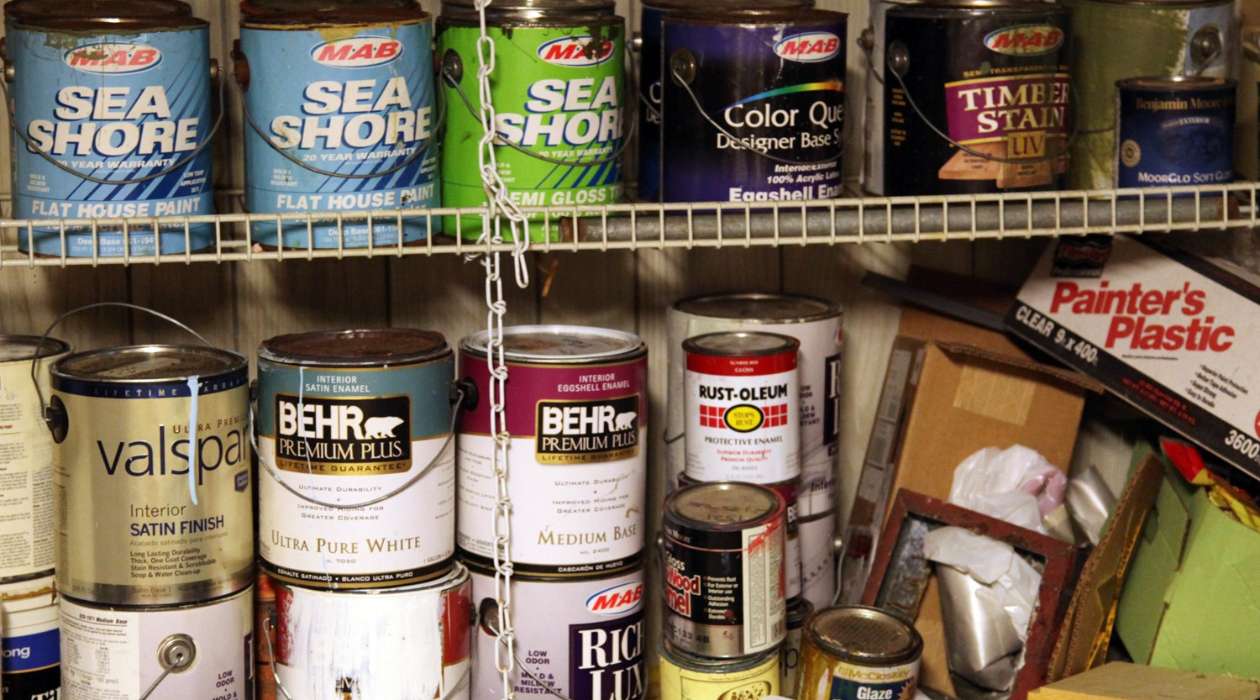
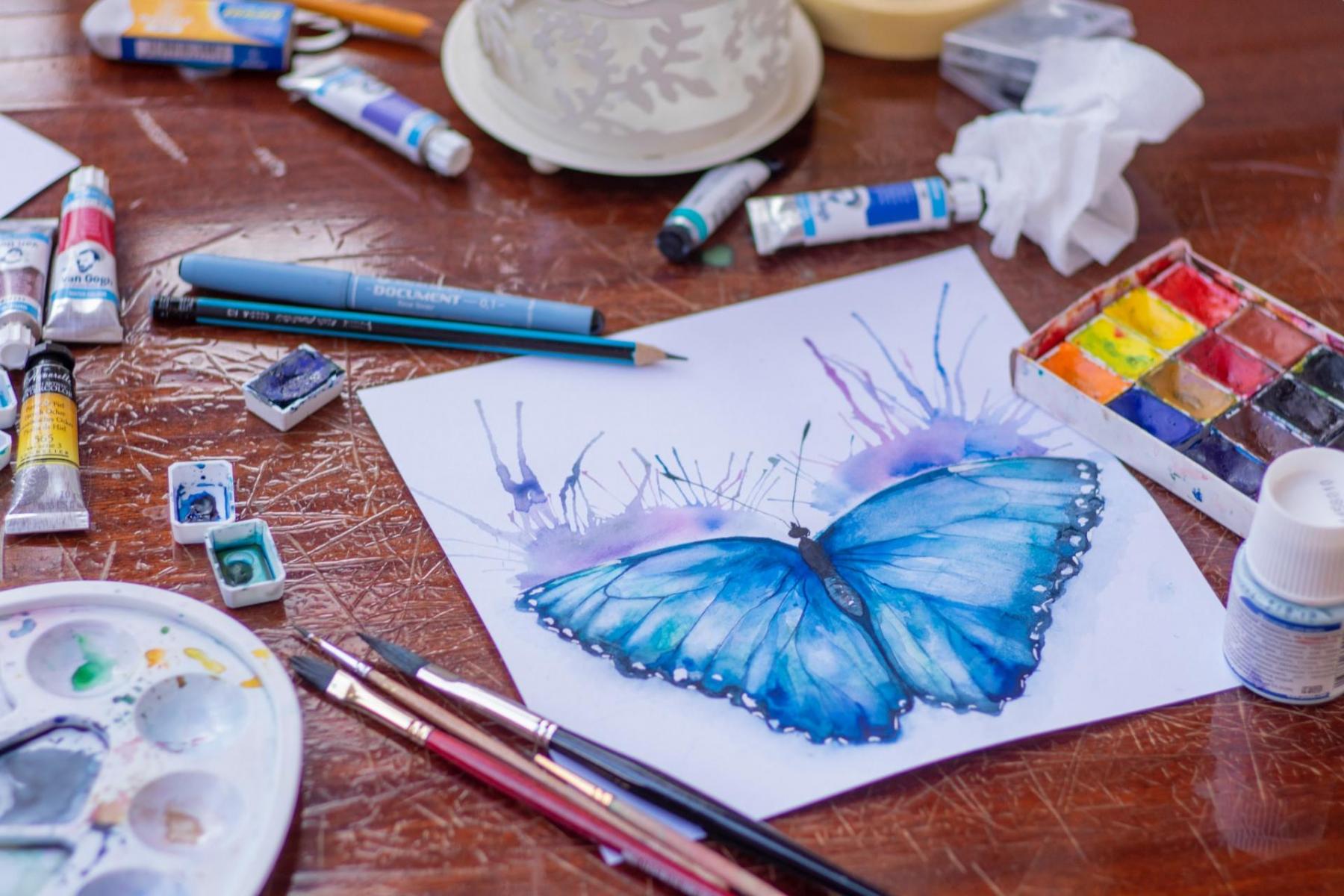
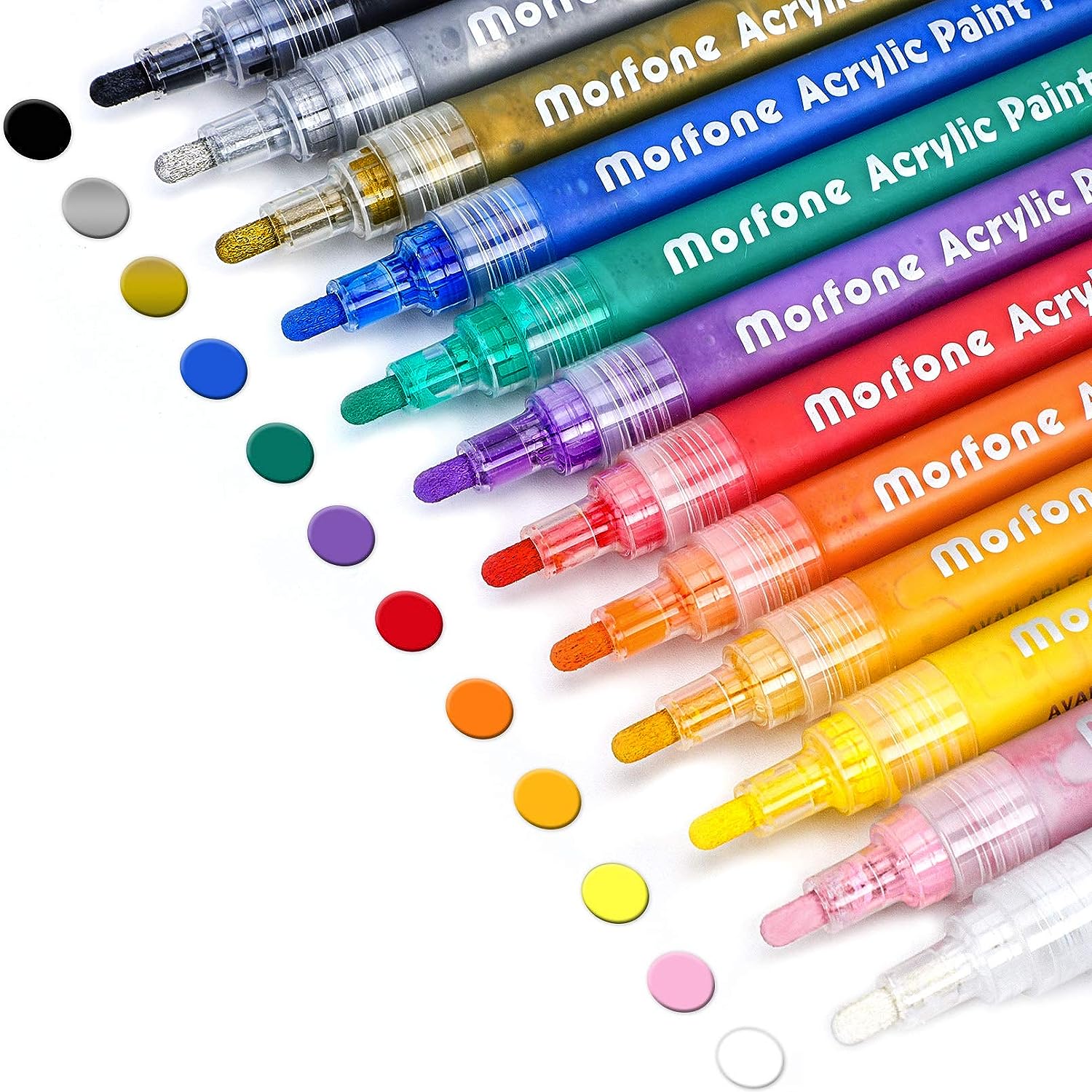
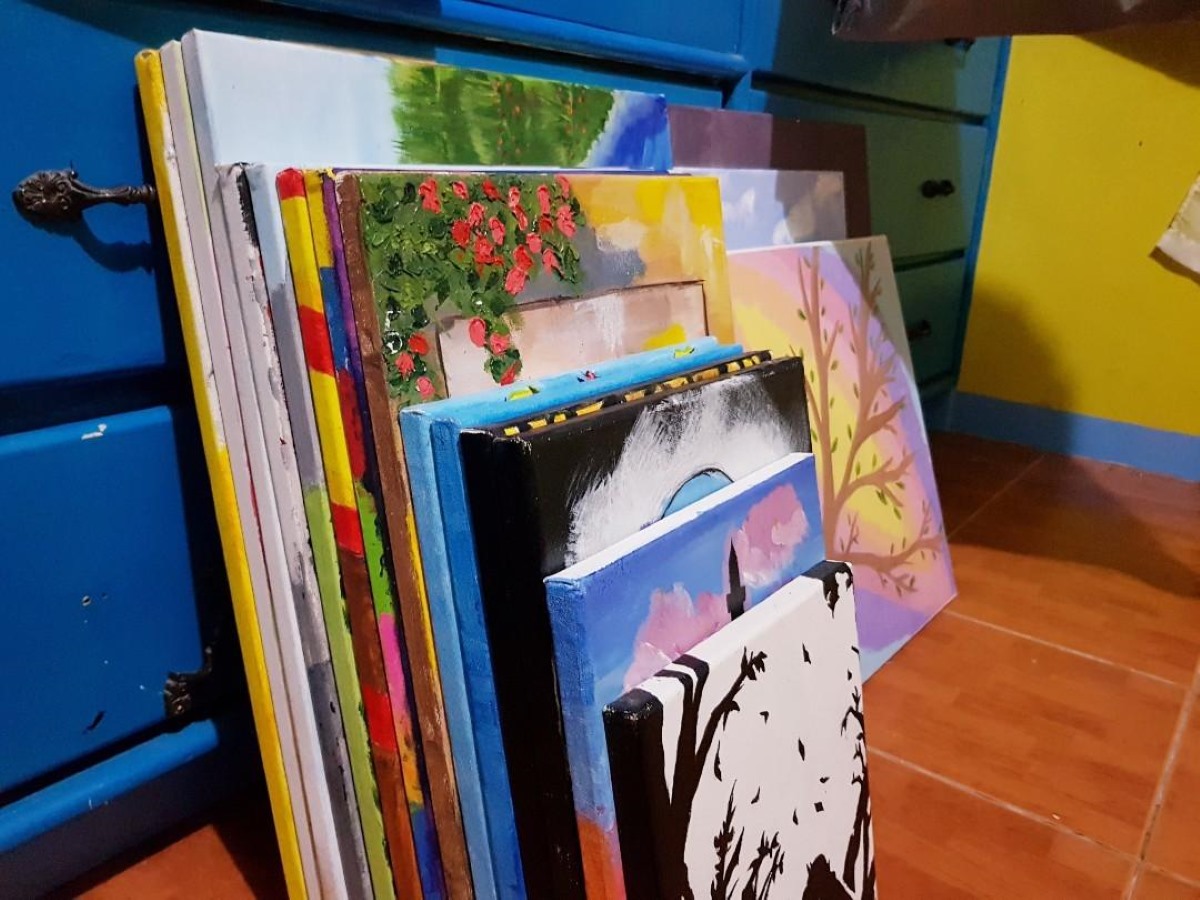
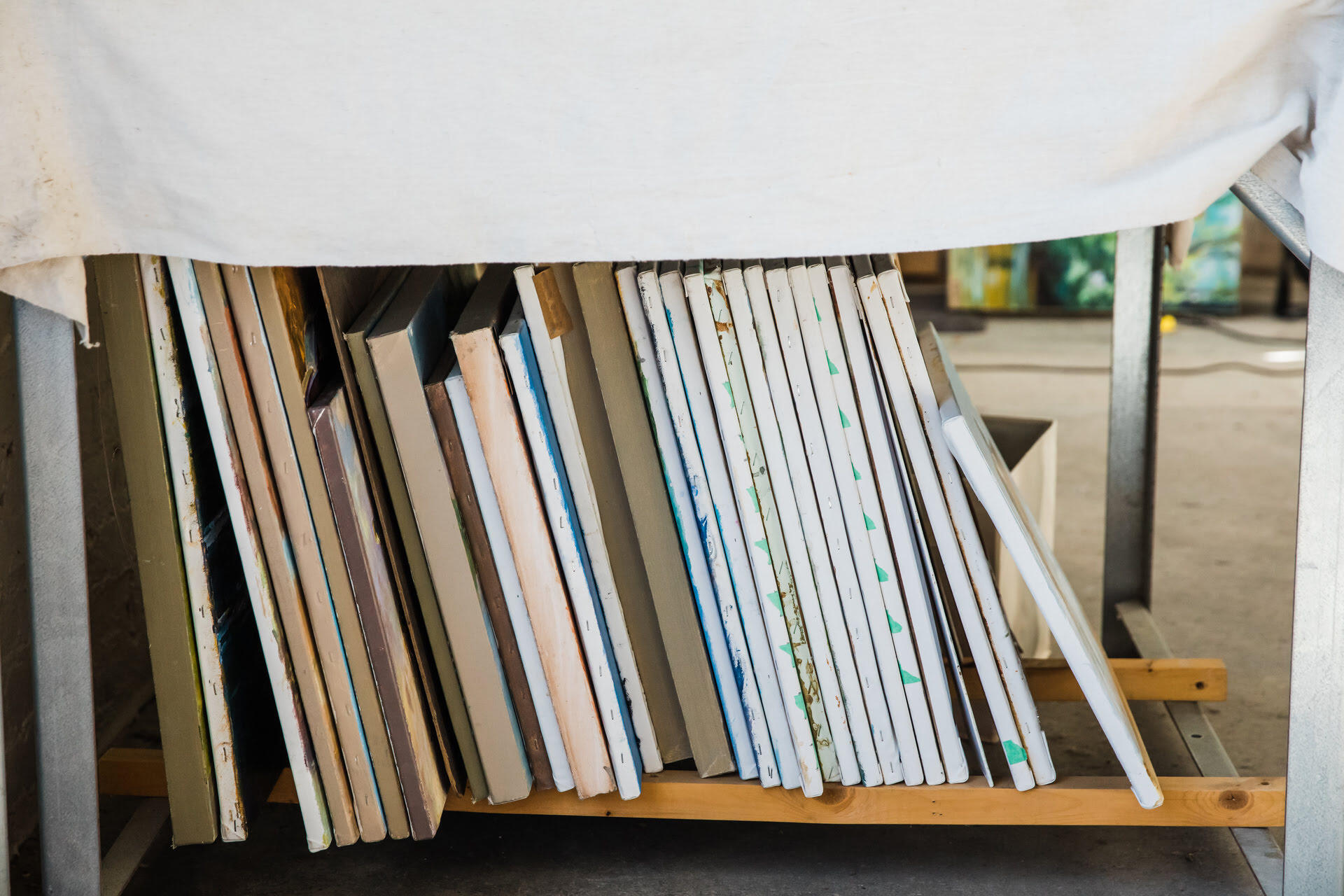

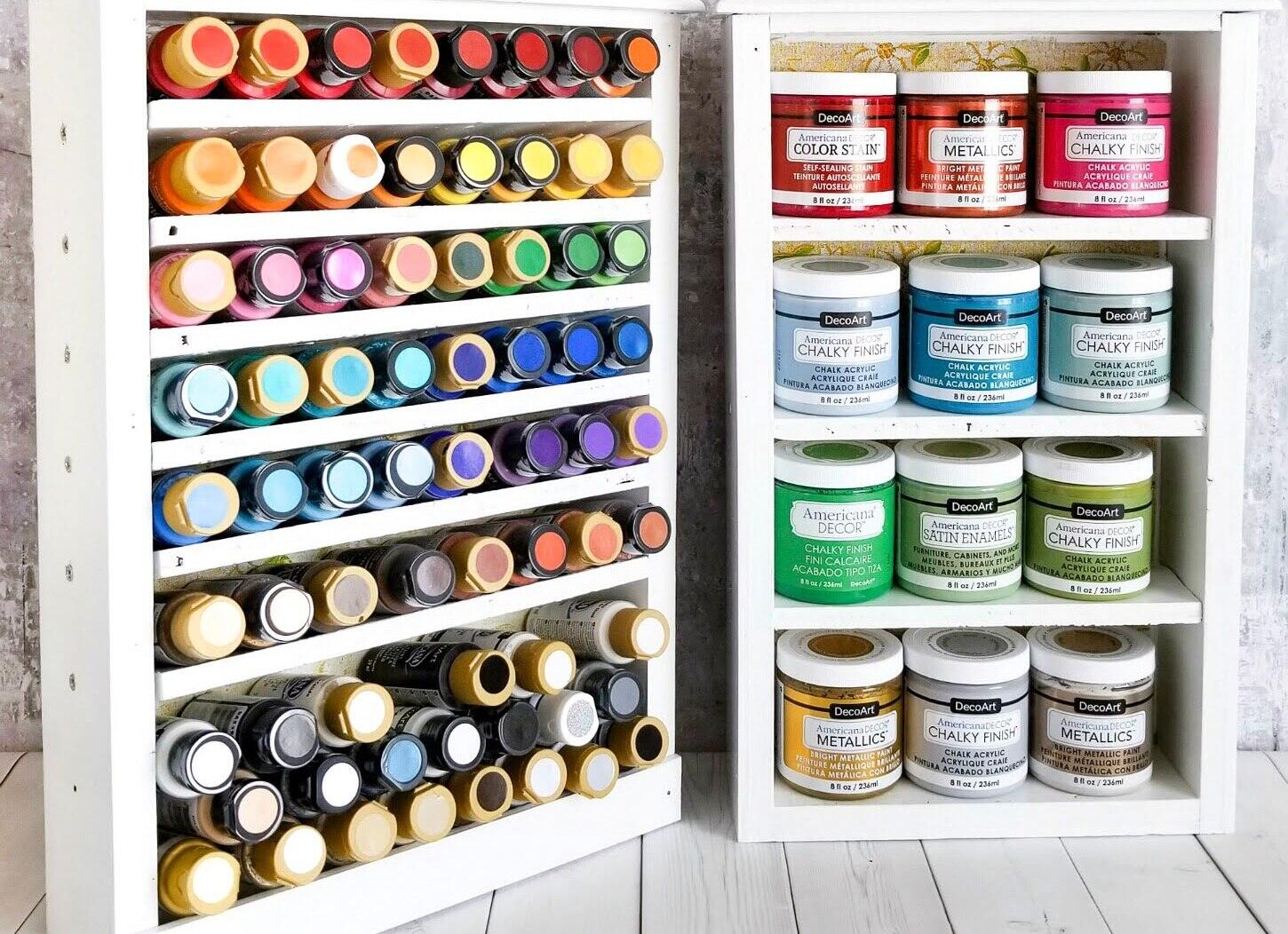
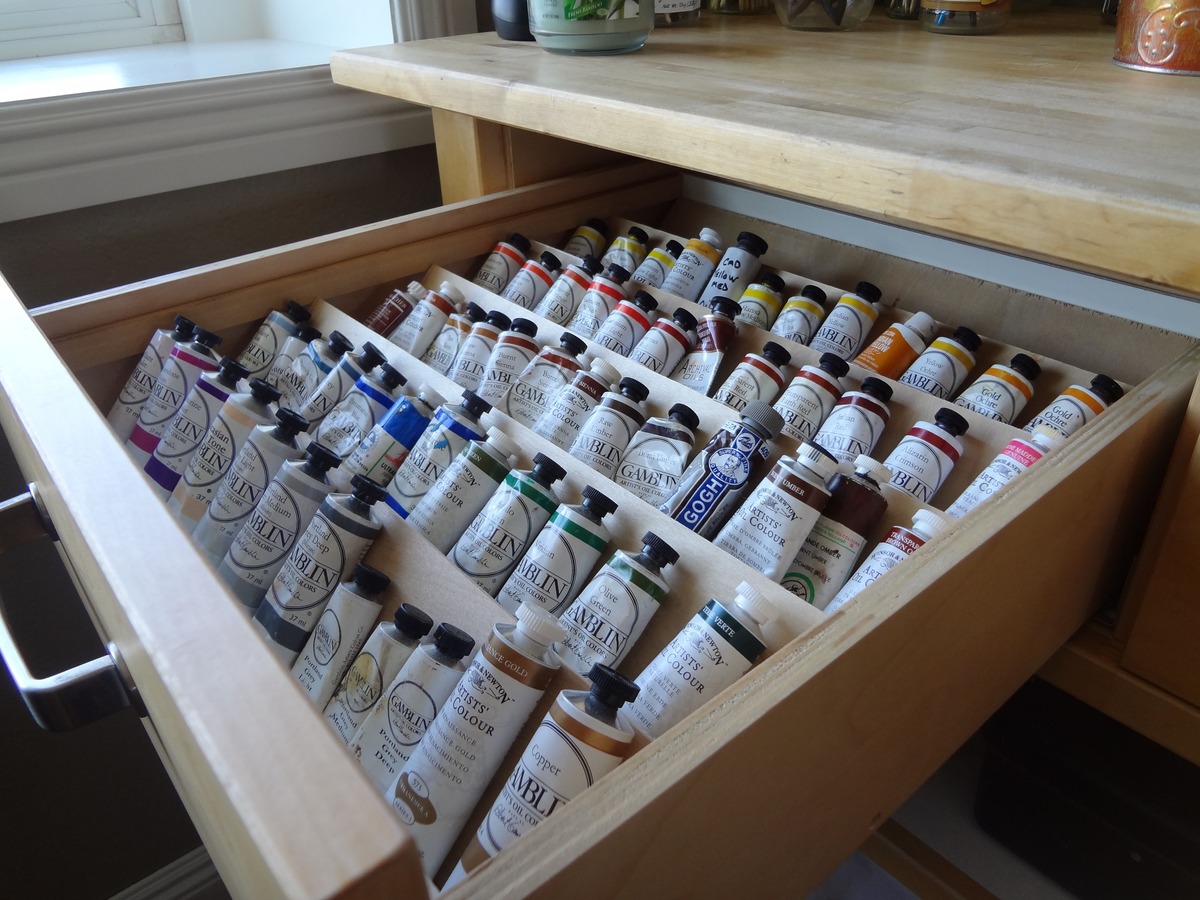
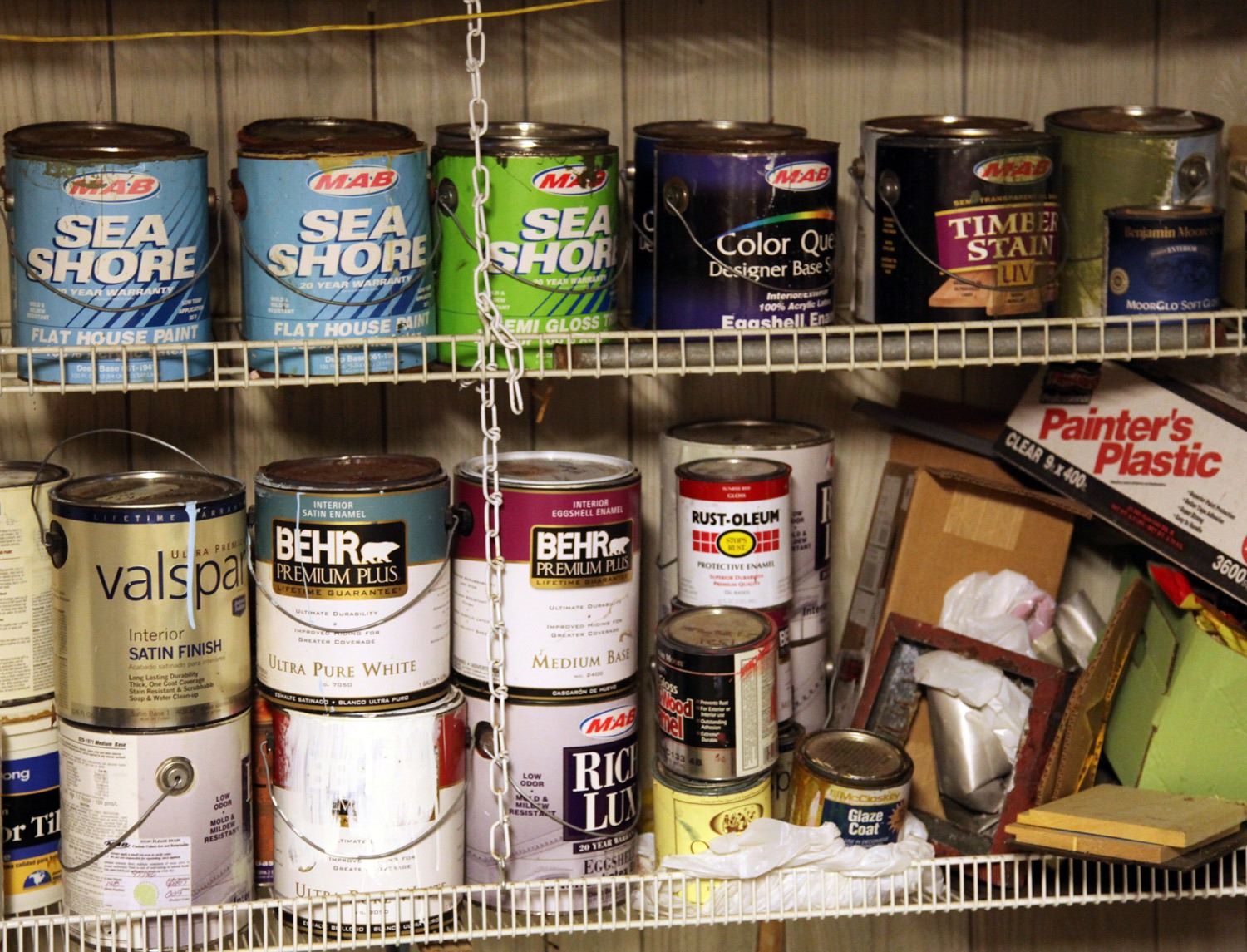


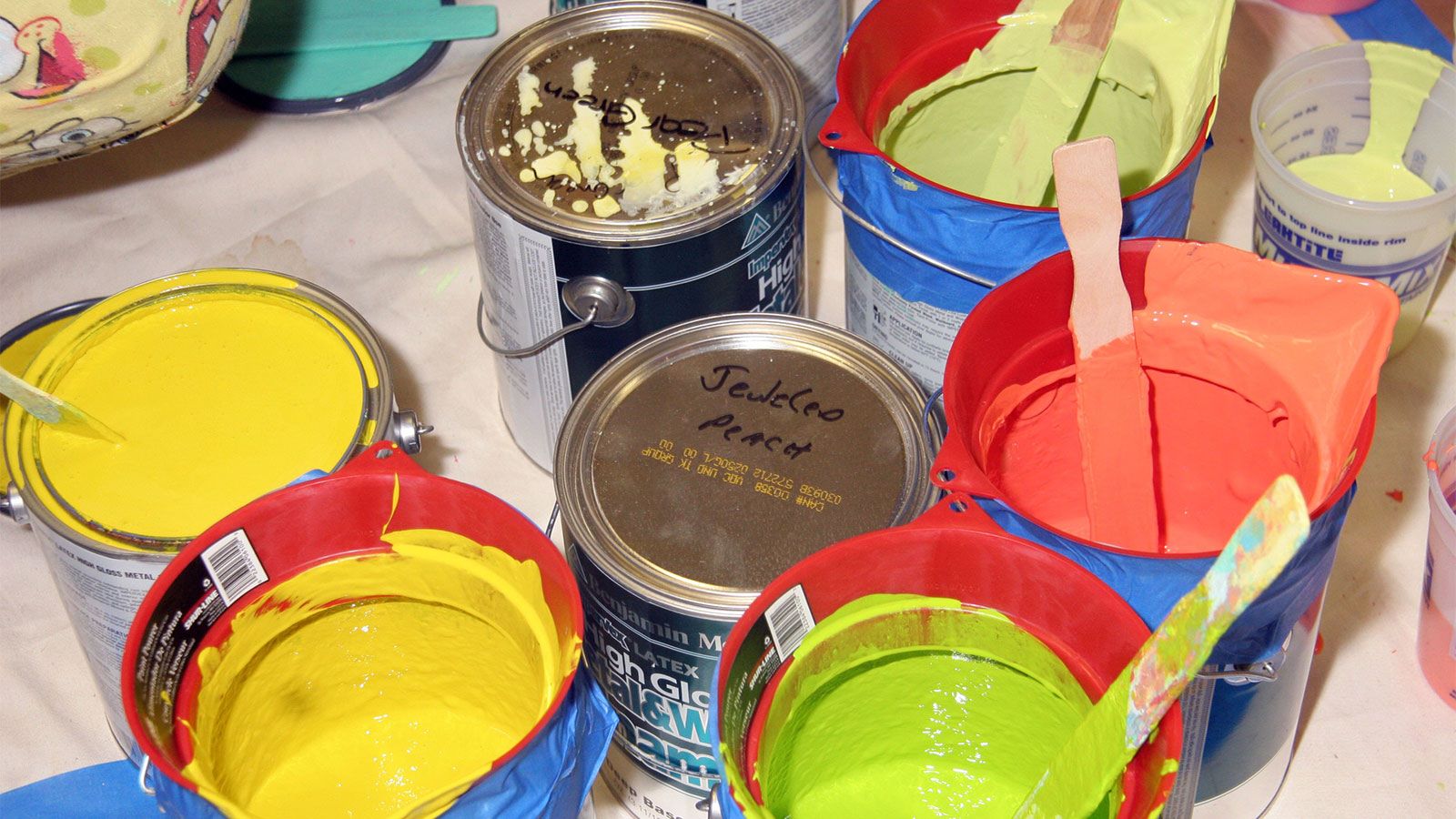
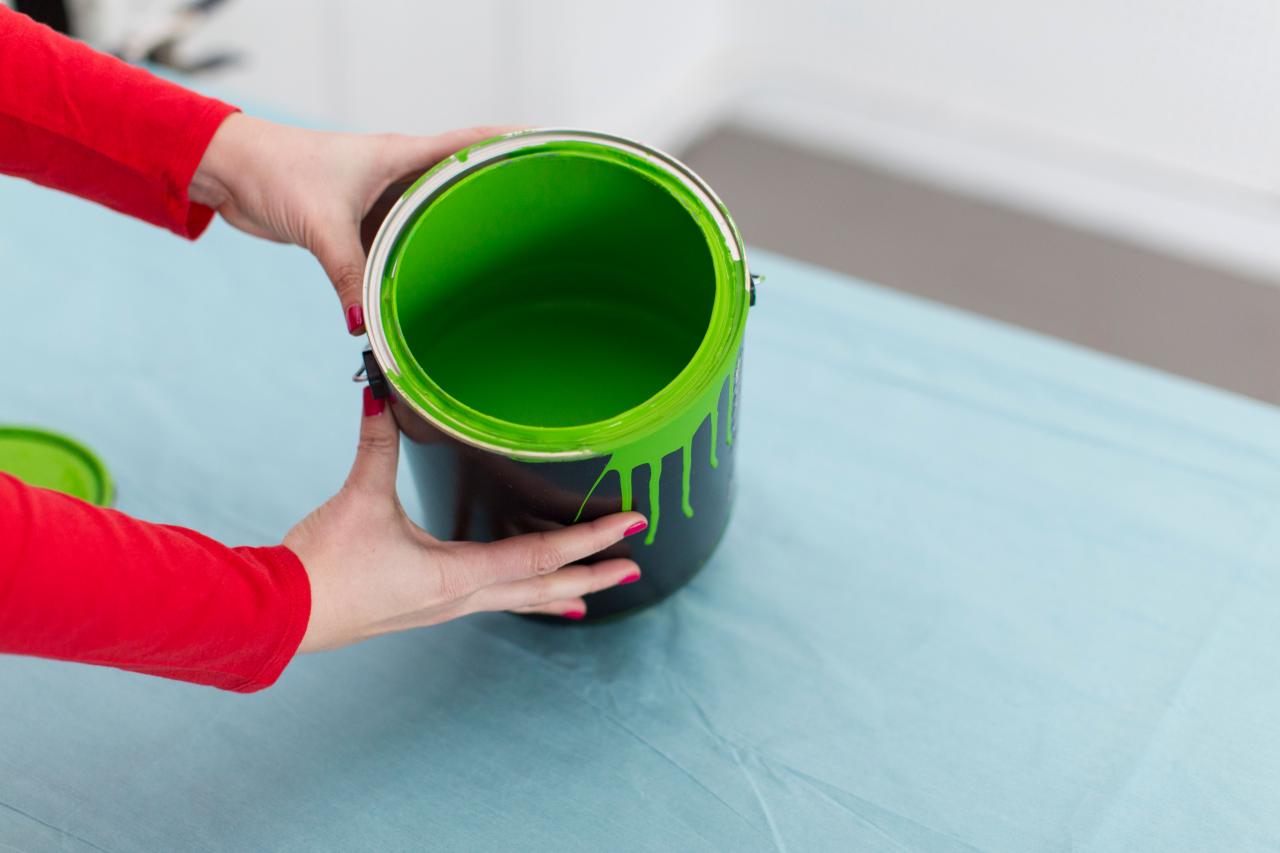


0 thoughts on “How To Store A Painting”